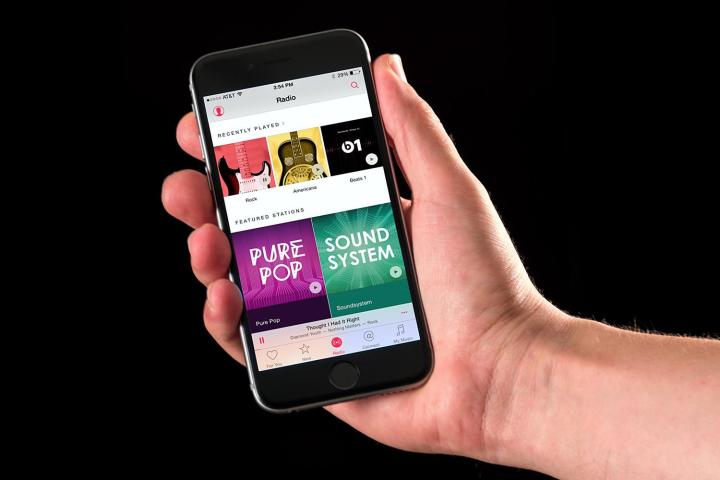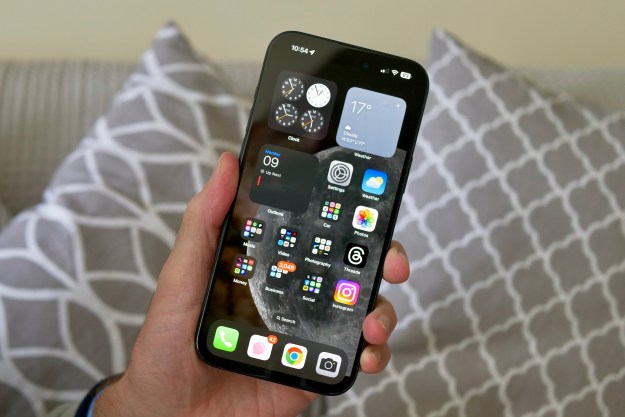
Earlier this month, Apple’s Eddy Cue responded to a question on Twitter about streaming quality by saying that the bitrate varies depending on whether you’re connected to Wi-Fi or cellular networks. This method is used by most streaming services, but in this case it seems to mean that Apple Music only hits its maximum bitrate when connected to Wi-Fi.
Luckily it seems that we might soon see a way to do something about that. A new option in the latest beta of iOS 9 includes an option to force Apple Music to stream at the highest quality at all times, Apple Insider reports.
Anyone who remembers the early days of MP3s knows the evils of low bitrates in audio, and while encoding has gotten better over the years, a higher bitrate is still always preferable in terms of audio quality alone. Apple hasn’t confirmed the exact bitrates Apple Music uses, though it has been reported to top out at 256kpbs, lower than Spotify or even the old Beats Music.
After enabling the “High Quality on Cellular” option, Apple Music will warn users that the option “will use more cellular data and songs may take longer to start playing.” The exact details of how Apple Music’s streaming works aren’t known, so it isn’t clear if the app downloads enough of the song to prevent pauses and buffering, or if the message simply doesn’t warn users of this possibility.
It’s difficult to tell this soon after launch, but considering how quickly users are upgrading to iOS 8.4, which includes Apple Music, it seems like the service is off to a good start. With all those users, it’s good to see that we’re getting the option to opt for higher-quality streams.
As for when those of us not participating in the beta will get this new feature, iOS 9 is expected to launch this fall.
Editors' Recommendations
- Apple is about to do the unthinkable to its iPads
- An Apple insider just revealed how iOS 18’s AI features will work
- There’s a big problem with the iPhone’s Photos app
- When will Apple release iOS 18? Here’s what we know
- Everything you need to know about the massive Apple App Store outage


